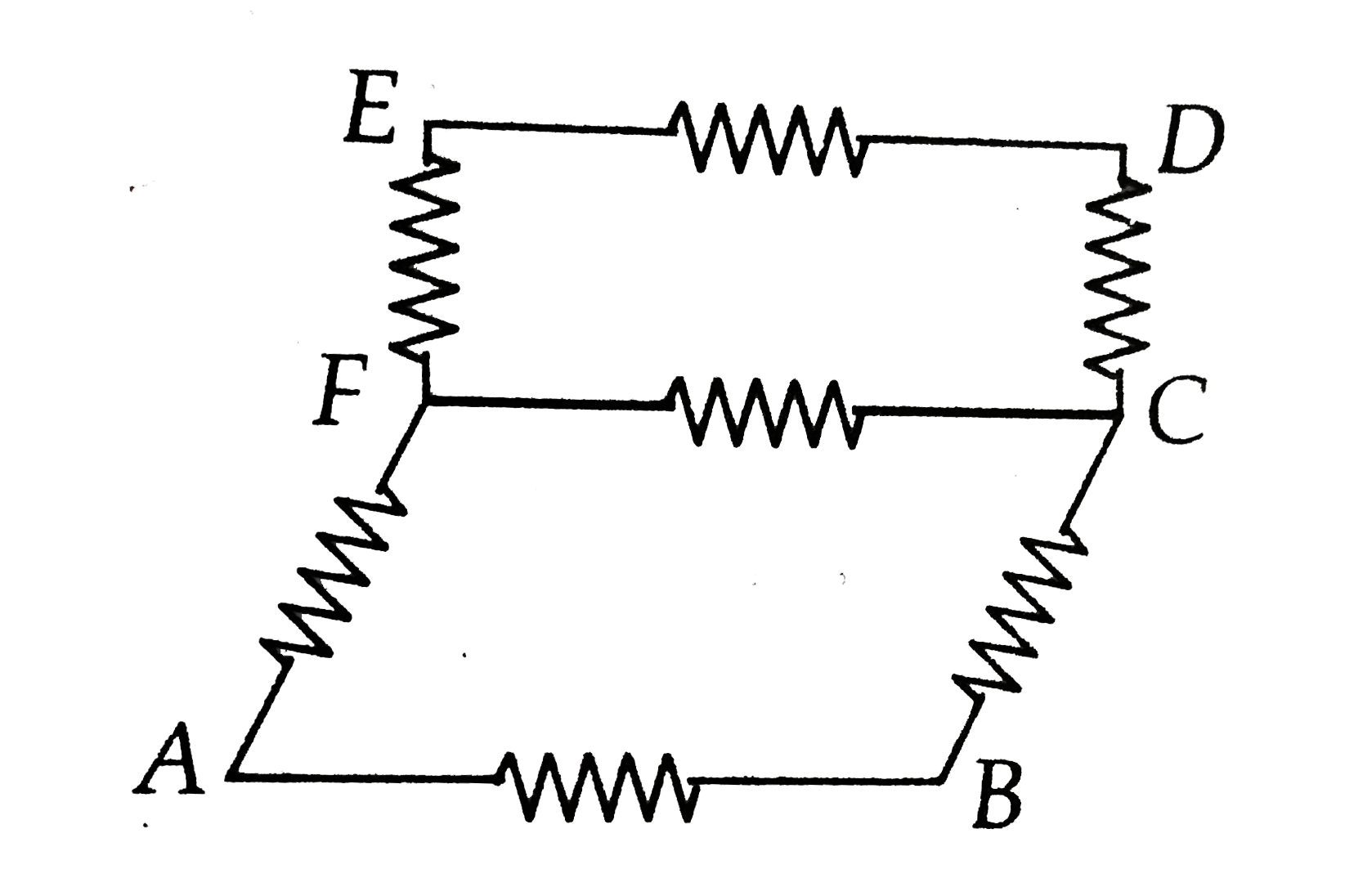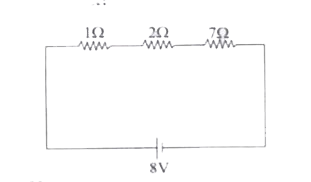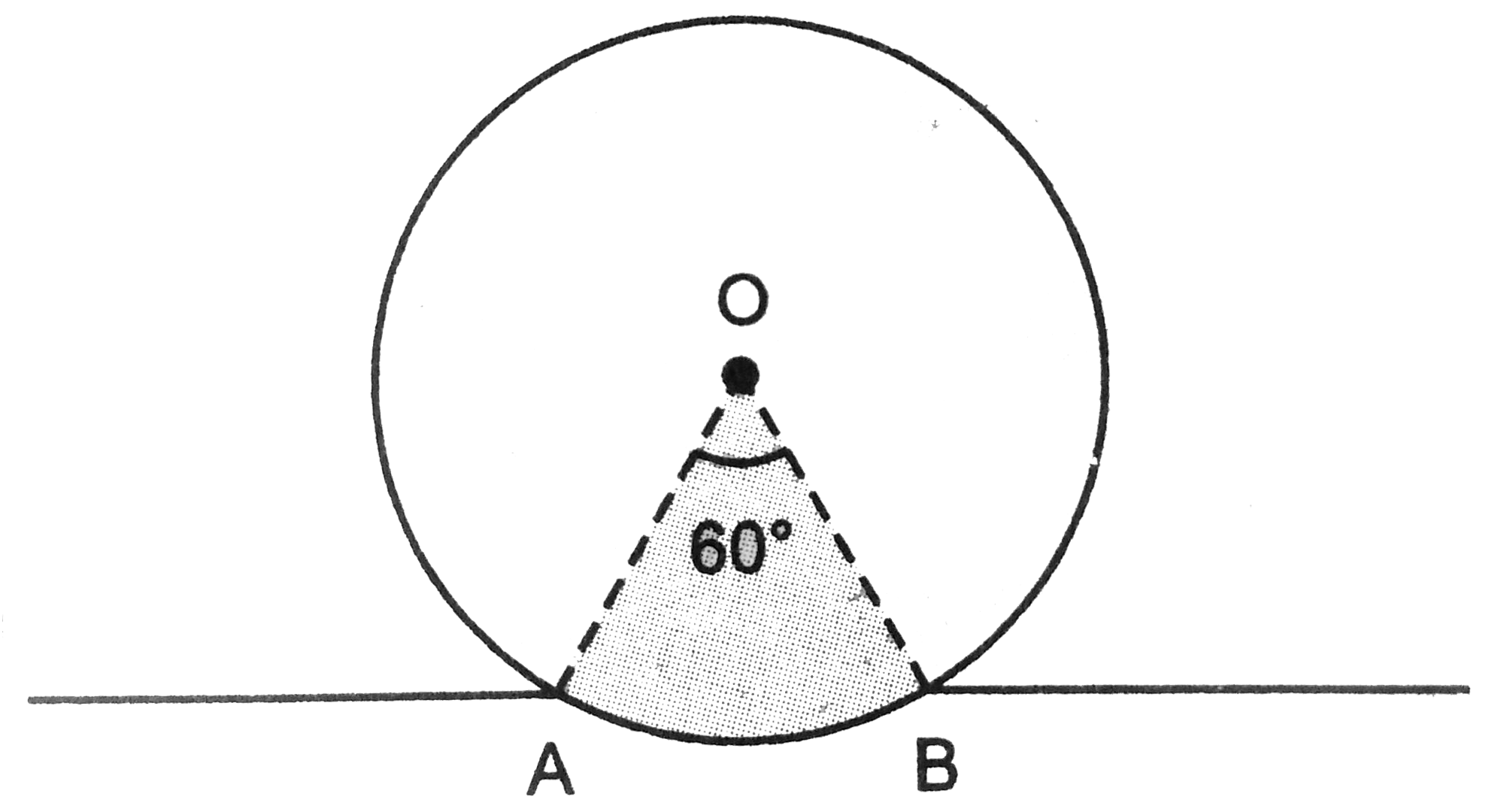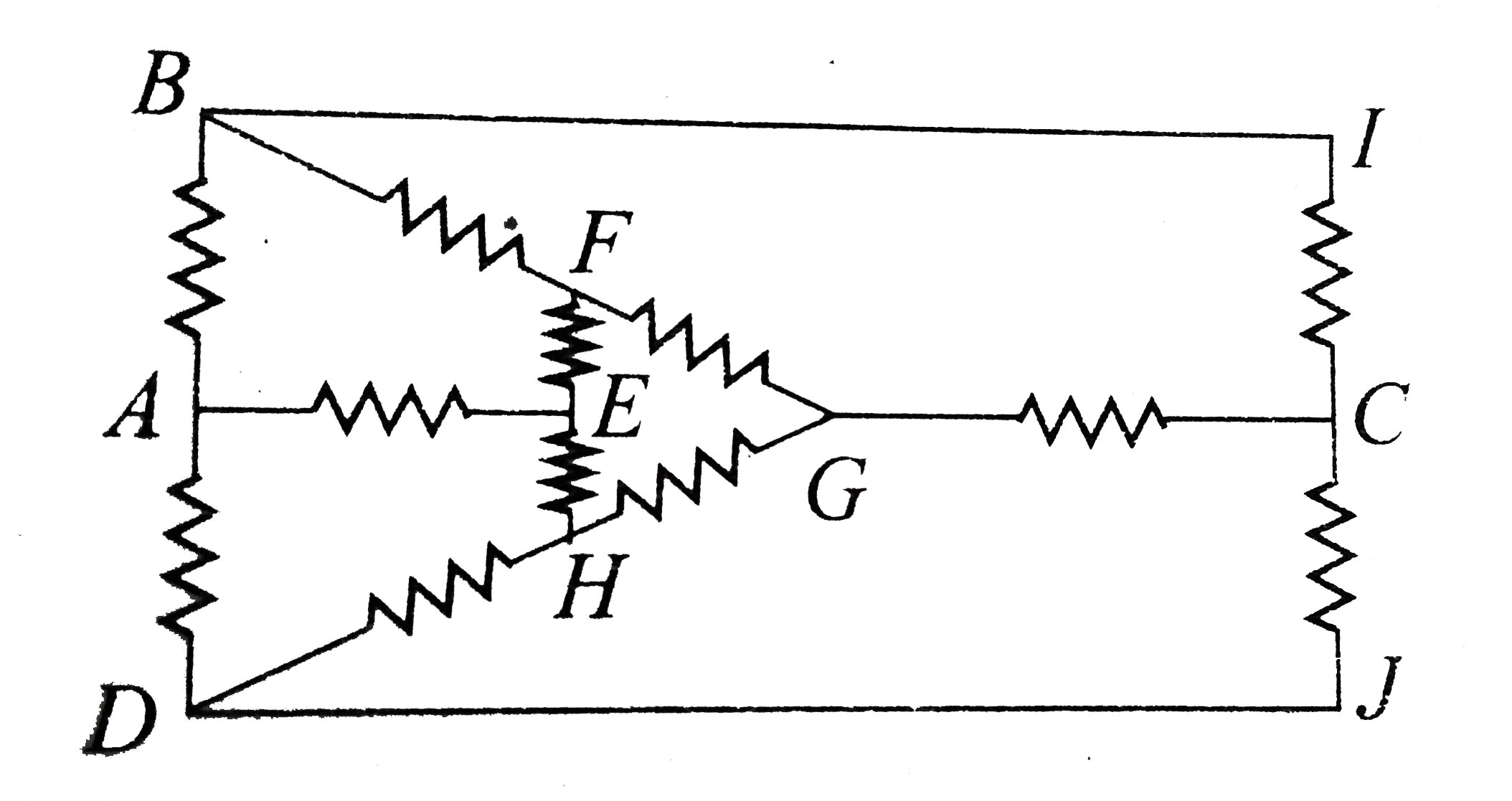What is the difference between a resistor and resistance ?
Step-by-Step Solution:
1. Definition of Resistor: A resistor is a physical component in an electrical circuit that is designed to resist the flow of electric current. It is an object that can be identified and measured, often marked with a specific resistance value in ohms (Ω).
2. Definition of Resistance: Resistance, on the other hand, is a property of the resistor. It quantifies how much the resistor opposes the flow of electric current. The unit of resistance is also ohms (Ω), and it indicates how much current will flow through the resistor when a certain voltage is applied across it.
3. Functionality of Resistor: The primary function of a resistor is to limit or control the flow of electric current in a circuit. When current passes through a resistor, it encounters resistance, which can cause a drop in voltage and limit the amount of current that can flow.
4. Relationship Between Resistor and Resistance: While a resistor is the actual component you can see and touch, resistance is a measure of how effective that component is at resisting current. For example, a resistor labeled as 2 ohms means it has a resistance of 2 ohms, which indicates how much it will resist the flow of current.
5. Conclusion: In summary, the key difference is that a resistor is the physical object, while resistance is the characteristic of that object that describes how it impedes the flow of electric current.
Topper's Solved these Questions
- ELECTRICITYBook:PRADEEPChapter:ELECTRICITYExercise:(Additional)Long Answer
Explore 4 Videos
- ELECTRICITYBook:PRADEEPChapter:ELECTRICITYExercise:Based On Practical
Explore 10 Videos
- ELECTRICITYBook:PRADEEPChapter:ELECTRICITYExercise:(Additional)Very Short Answer
Explore 47 Videos
- MAGNETIC EFFECTS OF ELECTRIC CURRENTBook:PRADEEPChapter:MAGNETIC EFFECTS OF ELECTRIC CURRENTExercise:Mock Test
Explore 21 Videos
Similar Questions
A exists in the 5k(Ω) resistor, find the currents in the other three resistors.what is the potential difference between the points A and B?

View SolutionWhat is the need of combining different resistors? What is the resulant resistance when number of resistances are connected in series?
View Solution
Knowledge Check
To measure a potential difference across a resistor of resistance RS, a voltmeter of resistance Ry is used. To measure the potential with a minimum accuracy of 95%, then
ARv=5RBRv=15RCRv=10RDRv,≥19RIf the potential difference between A and D is V, what will be potential difference between F and C. each of the resistance is R.
 AV/3BV/4CV/6DV/8
AV/3BV/4CV/6DV/8What is the potential difference across resistor in the given circuit ?
 A80VB0VC32VD16V
A80VB0VC32VD16V
A resistor of 24Ω resistance is bent in the form of a circle as
 .
.
What is the effective resistance between points A and B?
View SolutionA current in a circuit is due to a potential difference of 30 V applied to a resistor of resistance 300Ω. What resistance would permit the same current to flow, if the supply voltage was 300 V ?
View SolutionA resistor allows a current of 0.02 A to flow through it when there is a potential difference of 10 V between its ends. The resistance of resistor is
View Solutionfind the equivalent resistance between A and E(resistance of each resistor is R.

View SolutionIf the potential difference between the ends of a fixed resistor is halved, the electric power will become:
View Solution

